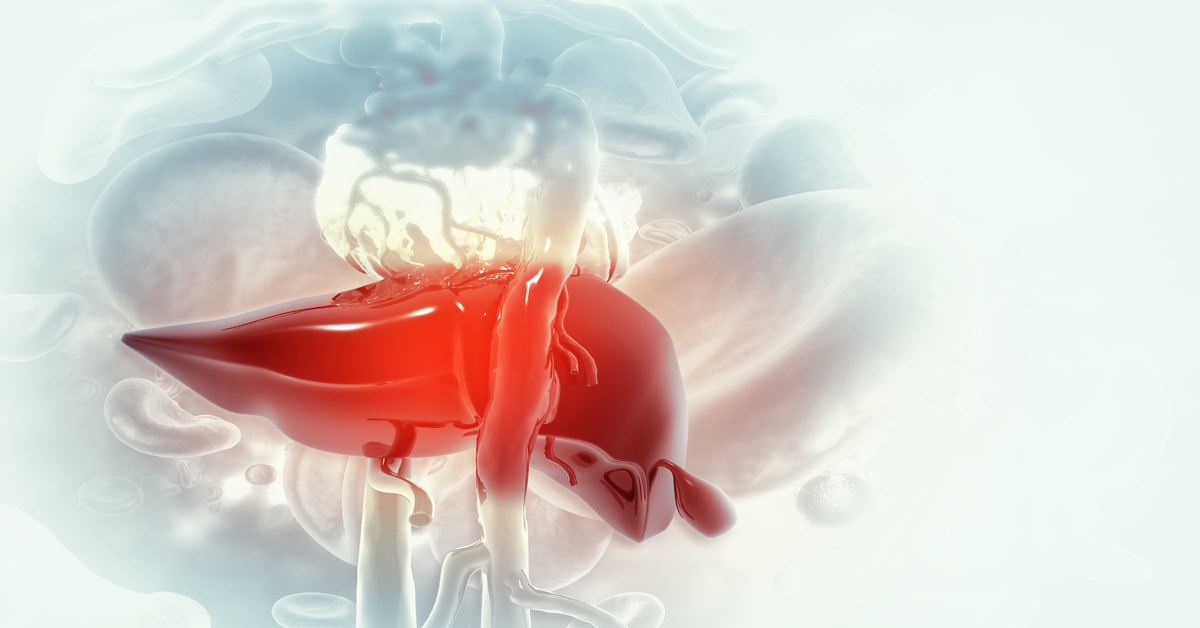
“It has been suggested that gout is associated with nonalcoholic fatty liver disease (NAFLD),” authors of a study in Clinical and Experimental Rheumatology wrote. To investigate this association further, researchers conducted a study using a noninvasive imaging technique called transient elastography, otherwise known as FibroScan, to assess the prevalence of NAFLD in gout patients.
The study retrospectively reviewed data from consecutive gout patients from 2016 to 2021. The researchers used FibroScan to measure 2 important parameters: the E-score, which assesses liver stiffness, and the controlled attenuation parameter (CAP) score, which evaluates liver steatosis or the presence of excess fat in the liver. Additionally, the FIB-4 fibrosis score was calculated to gauge the degree of liver fibrosis.
A total of 47 gout patients participated in the study, consisting of 7 females (14.9%) and 40 males (85.1%), with a mean age of 59.8 years. The average body mass index (BMI) was 30.95 kg/m2, and the duration of gout ranged from 0 to 49 years. Tophi were present in 11 patients (26.2%). The study participants had several comorbidities, including dyslipidemia (86.7%), diabetes mellitus (31.1%), known liver disease (33.3%), current alcohol consumption (46.8%), elevated levels of alanine aminotransferase (ALT) or aspartate aminotransferase (AST; 54.4%), and hyperuricemia (53.7%).
The FibroScan results showed that 40 gout patients (85.1%) had hepatic steatosis (CAP >238 dB/m), indicating the presence of fatty liver. The presence of fatty liver was significantly associated with BMI but not with age, serum urate (SU) levels, glucose, triglycerides, ALT, or AST.
Moreover, the FibroScan revealed that 9 patients (19.1%) had liver fibrosis (E-score >7), and 8 of these cases showed severe fibrosis or cirrhosis. Liver fibrosis was significantly associated with age and known liver disease but not with BMI, SU levels, or other comorbidities. The FIB-4 score was found to be significantly associated with the degree of liver fibrosis but not with CAP, ALT, or AST levels.
“Despite not being associated with common gout comorbidities,” the researchers wrote, “fatty liver and liver fibrosis were common in this gout cohort, suggesting FibroScan screening in gout patients to assess NAFLD, irrespective of serum transaminase levels.”







 © 2025 Mashup Media, LLC, a Formedics Property. All Rights Reserved.
© 2025 Mashup Media, LLC, a Formedics Property. All Rights Reserved.